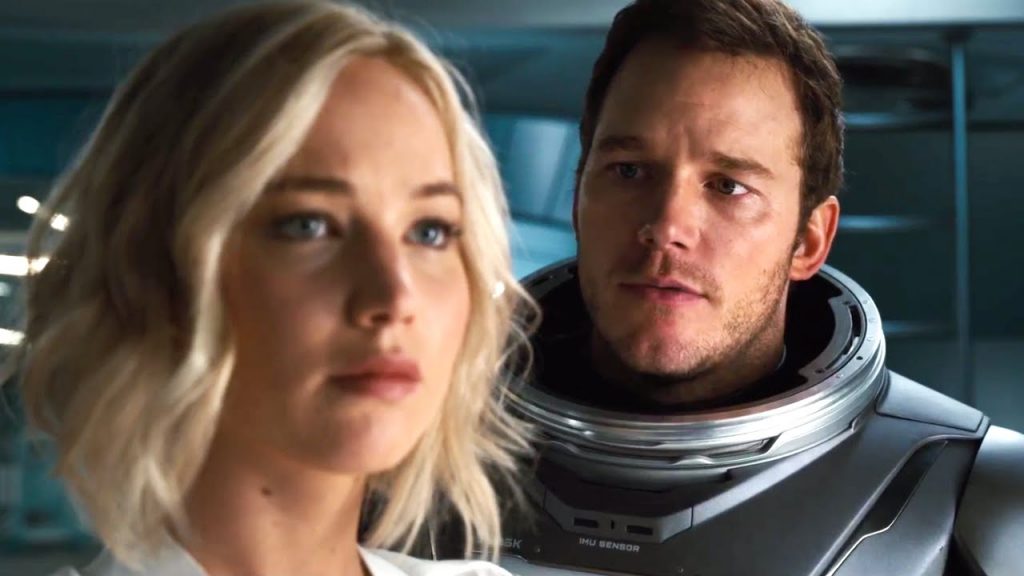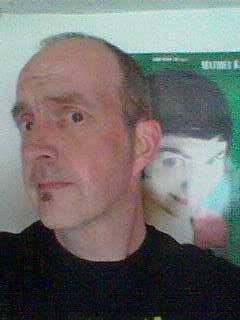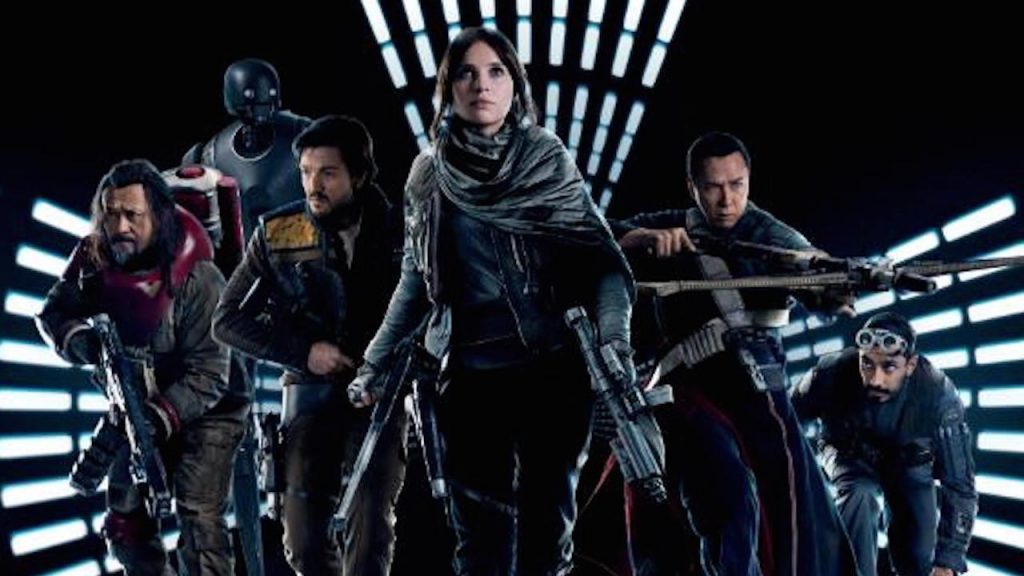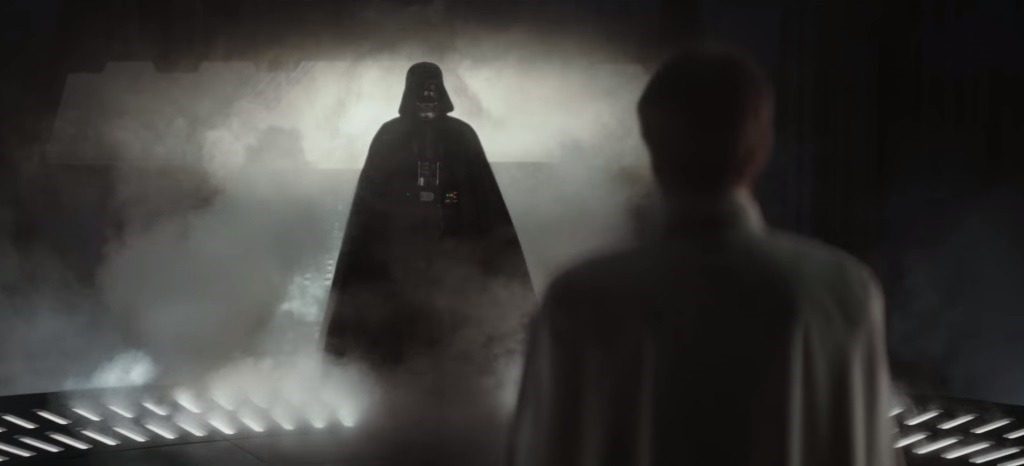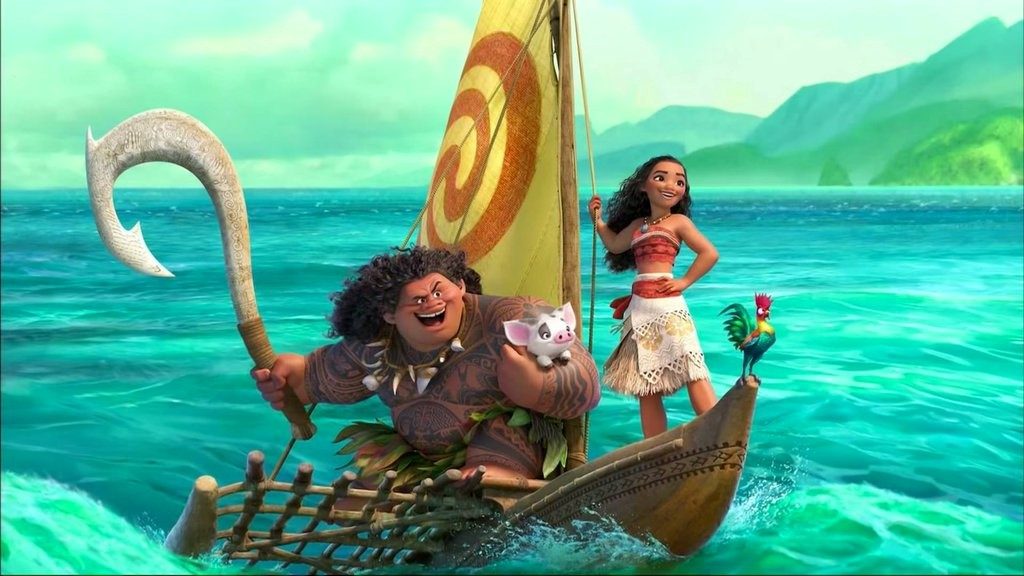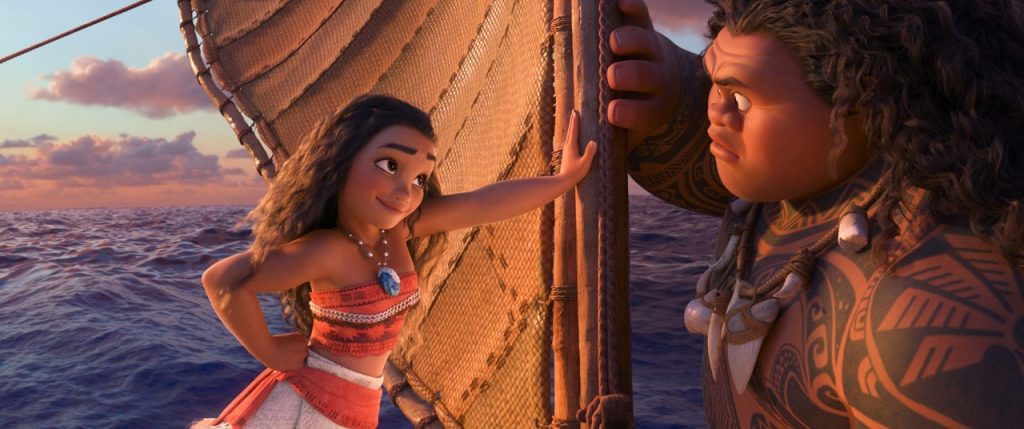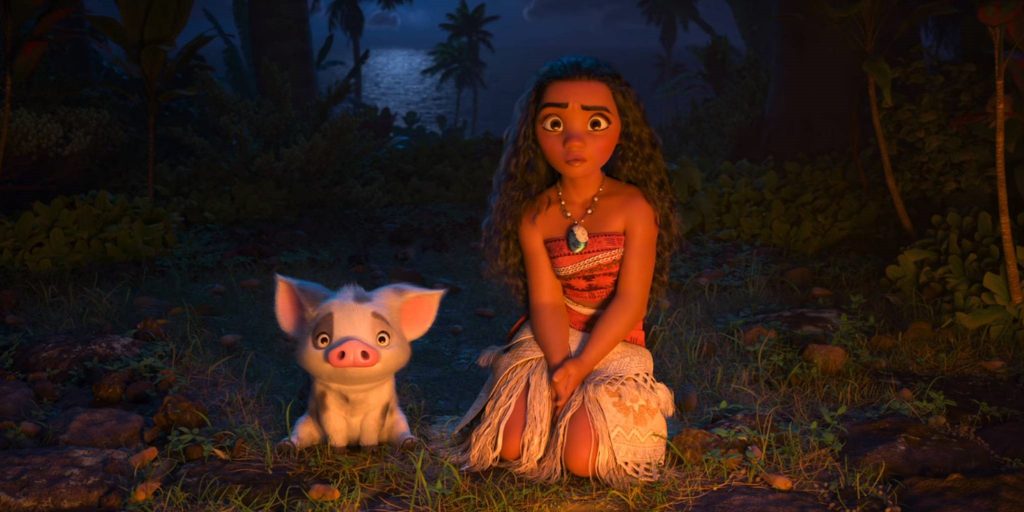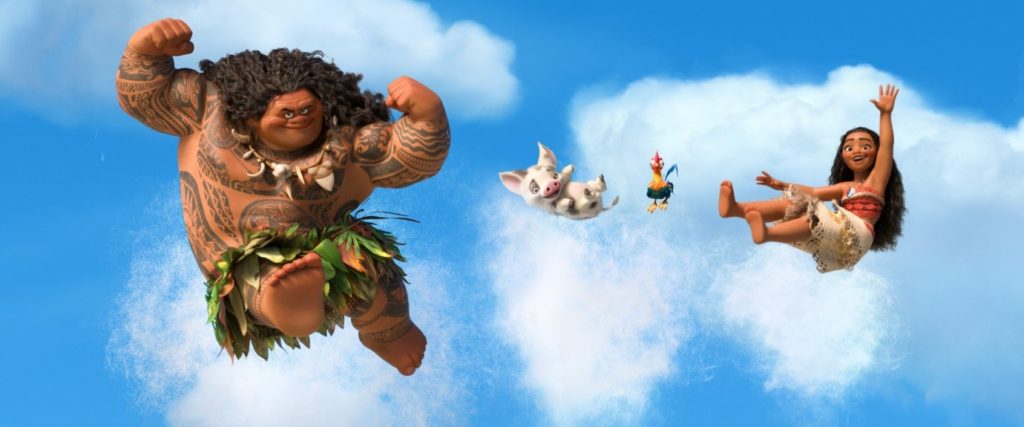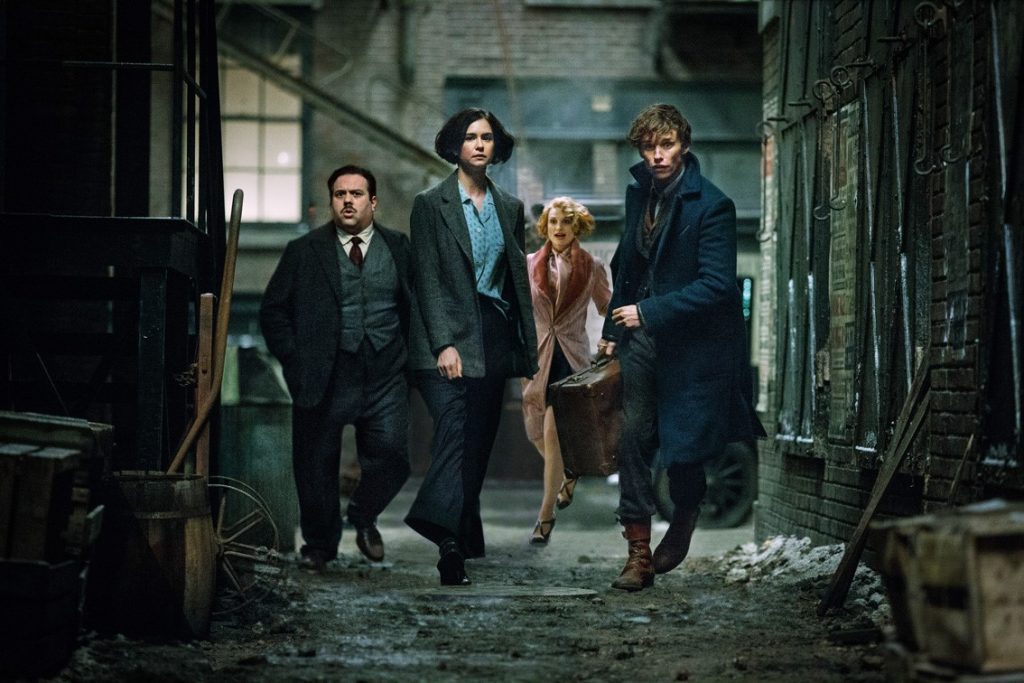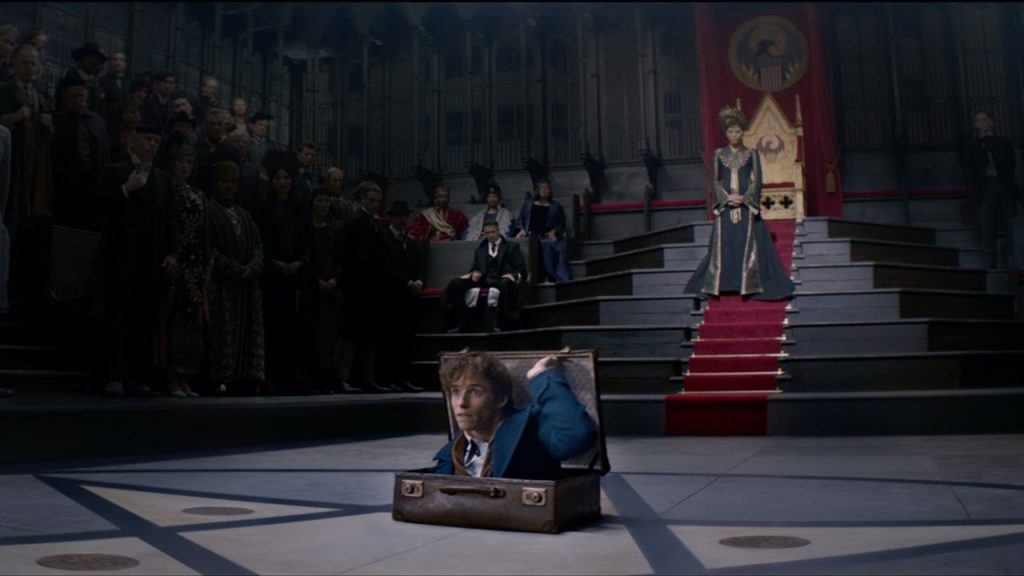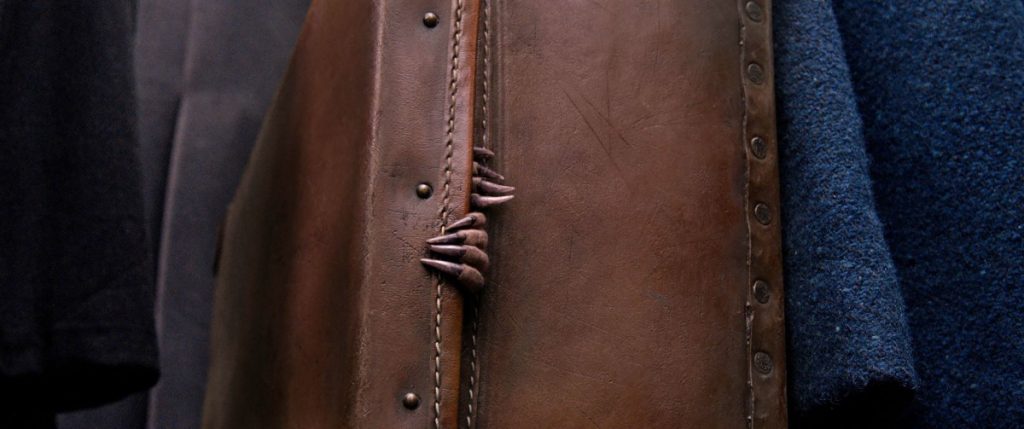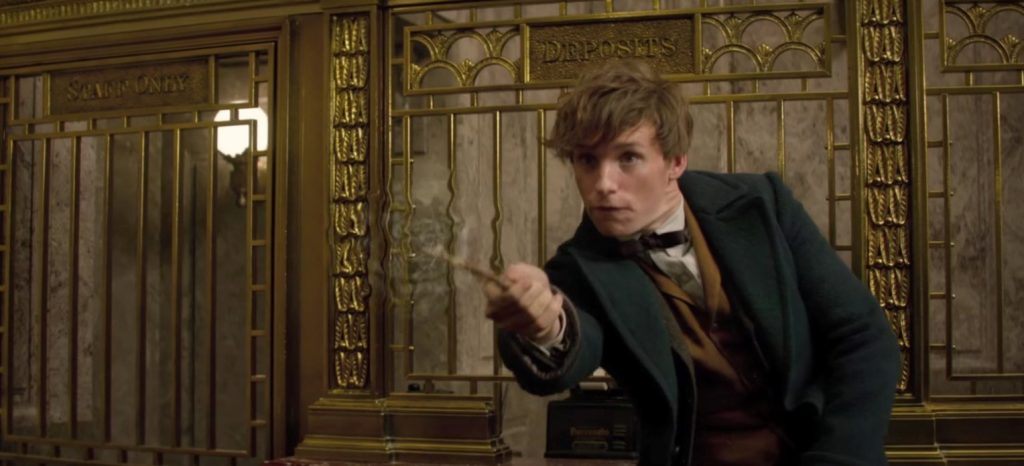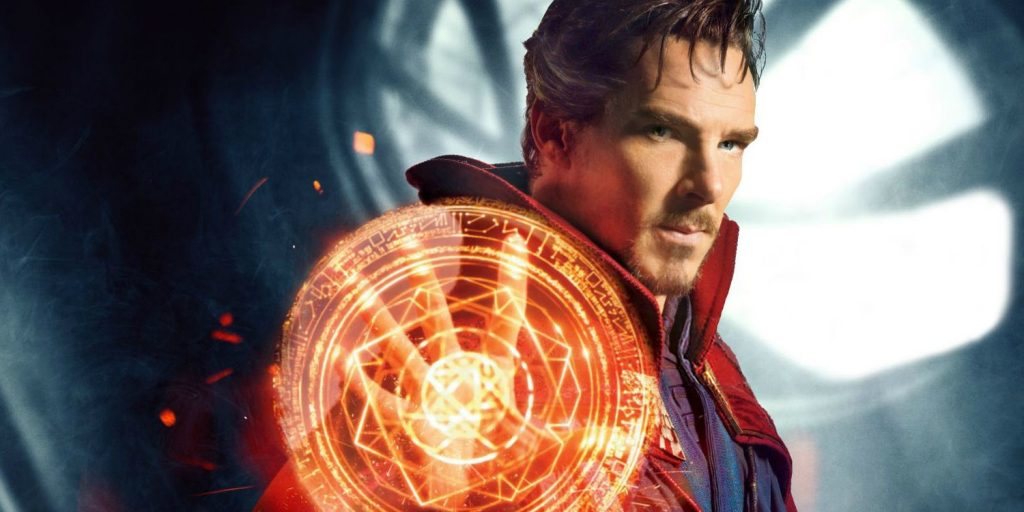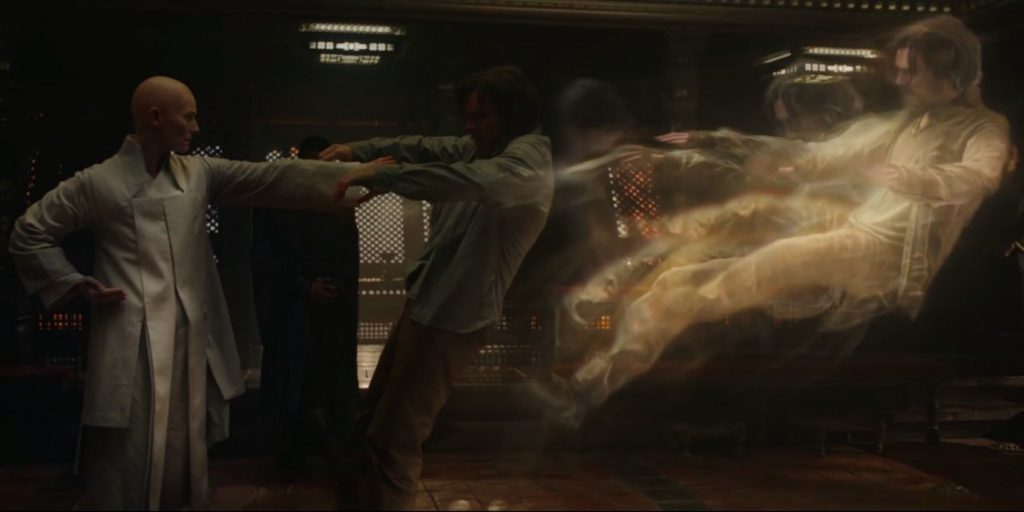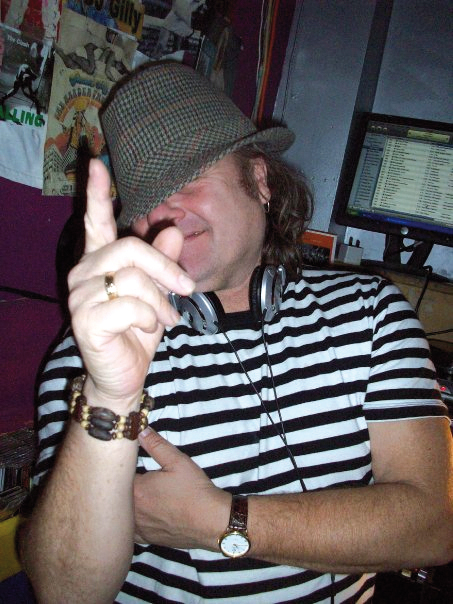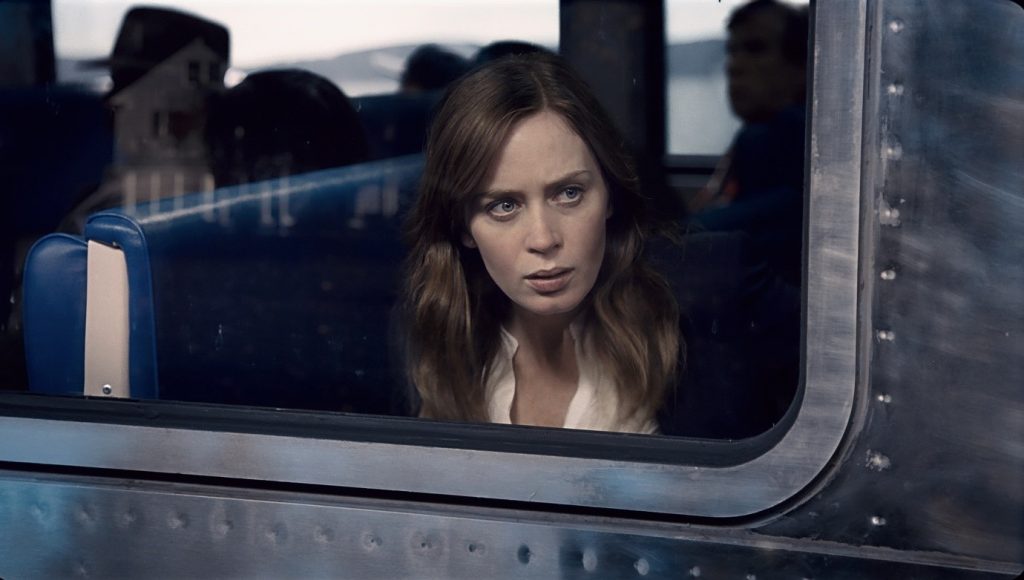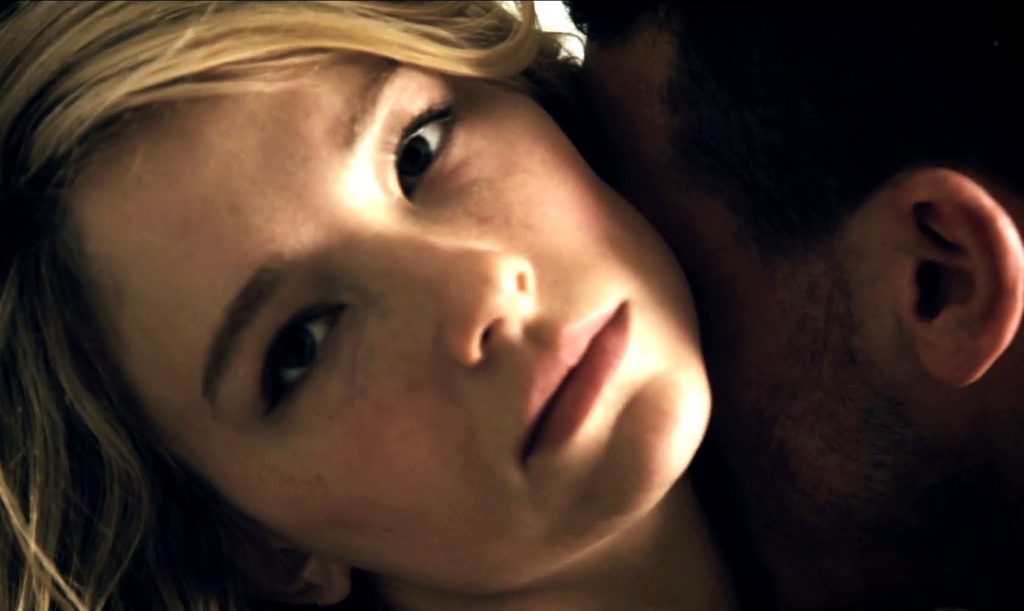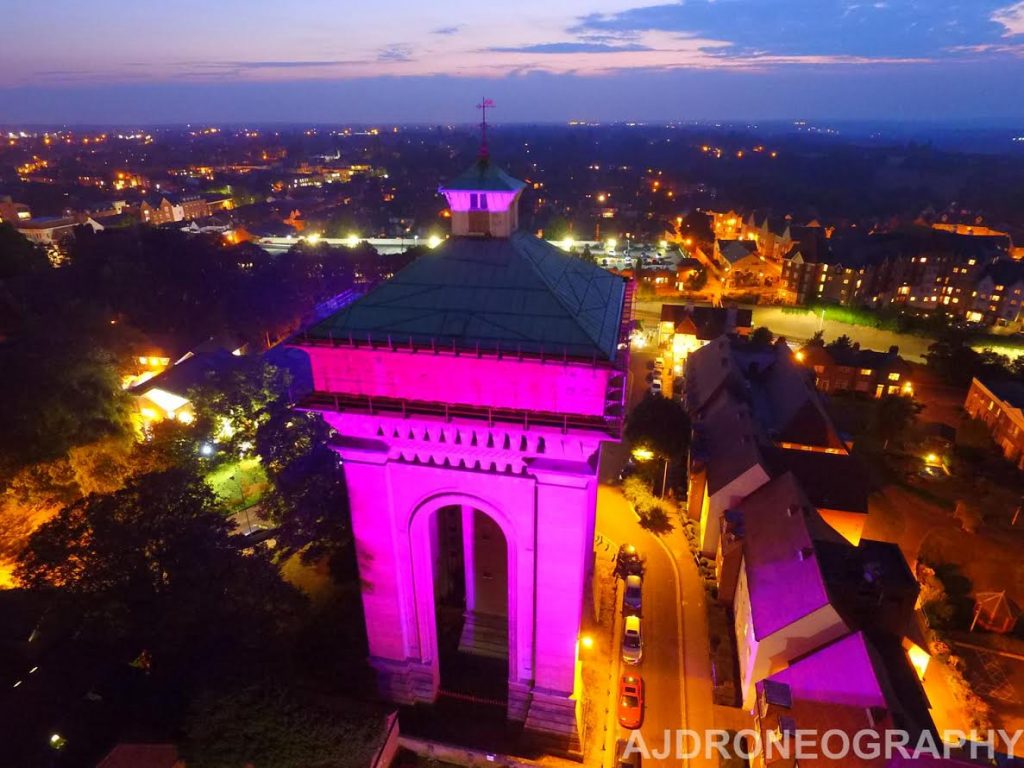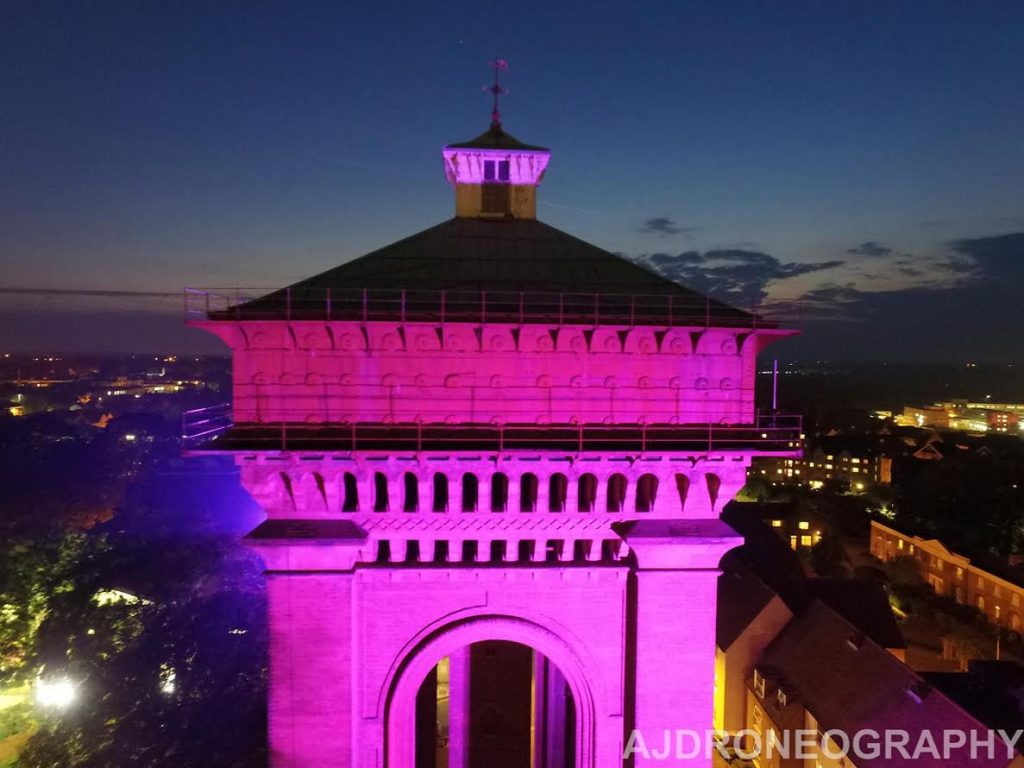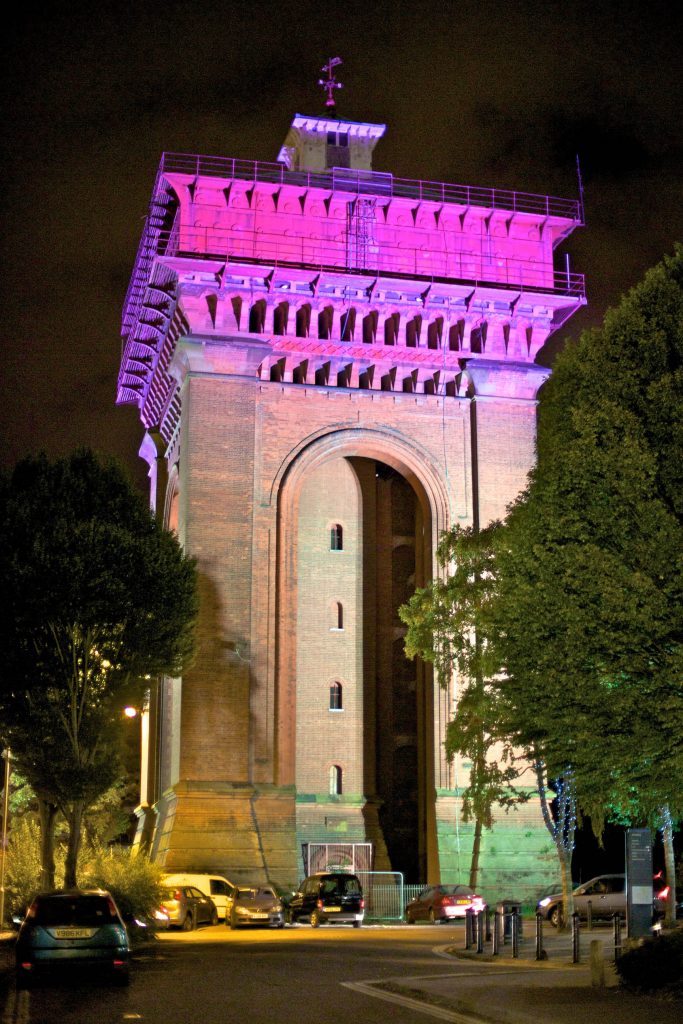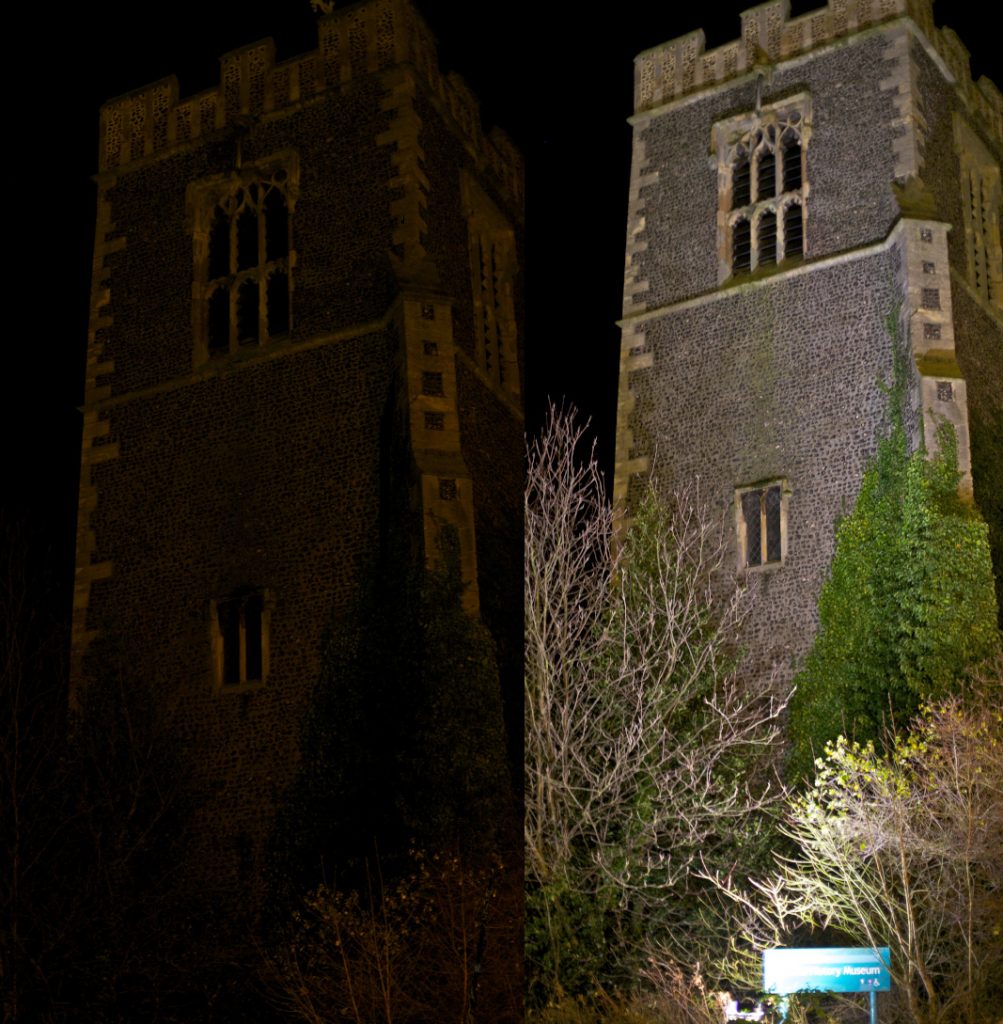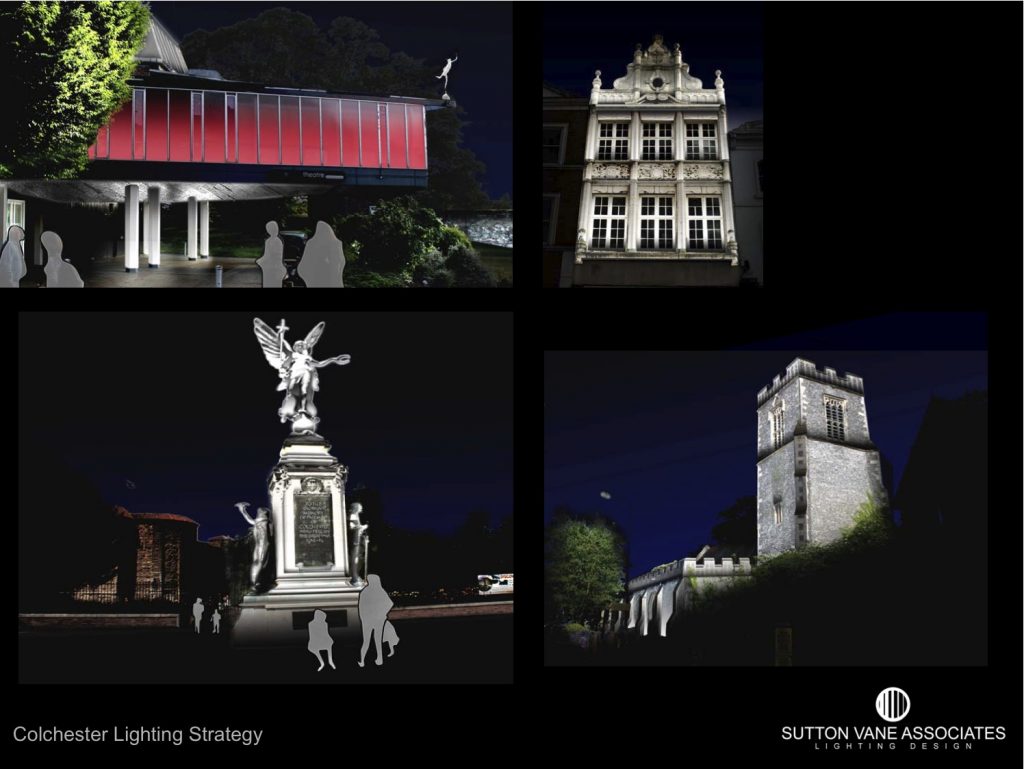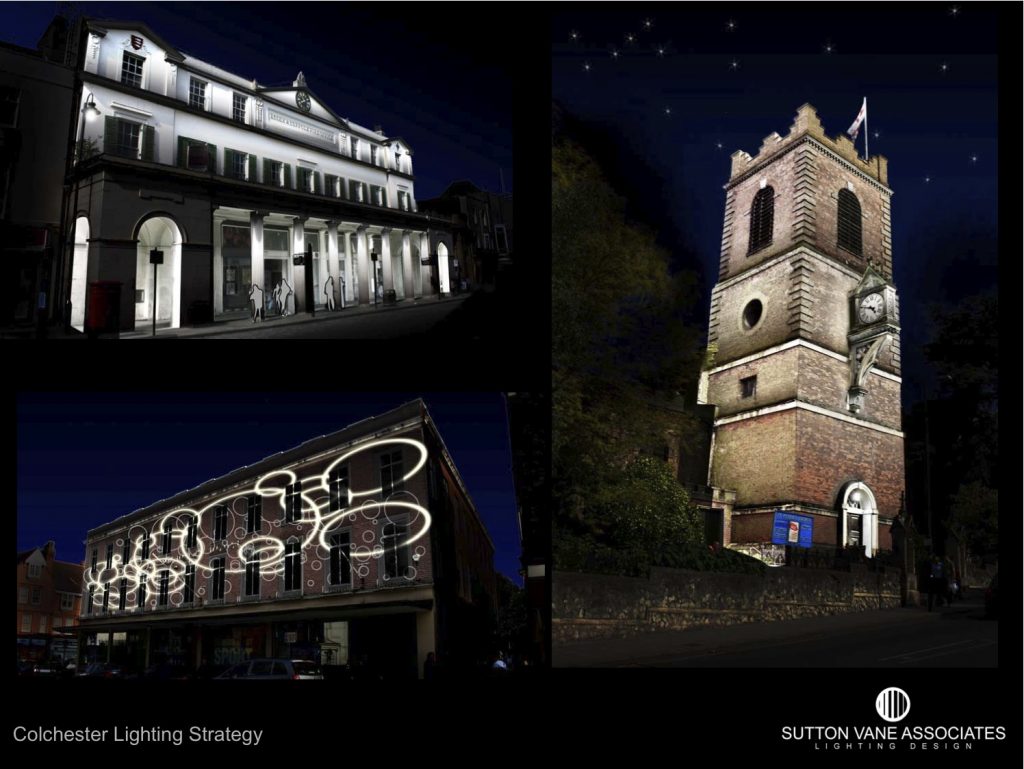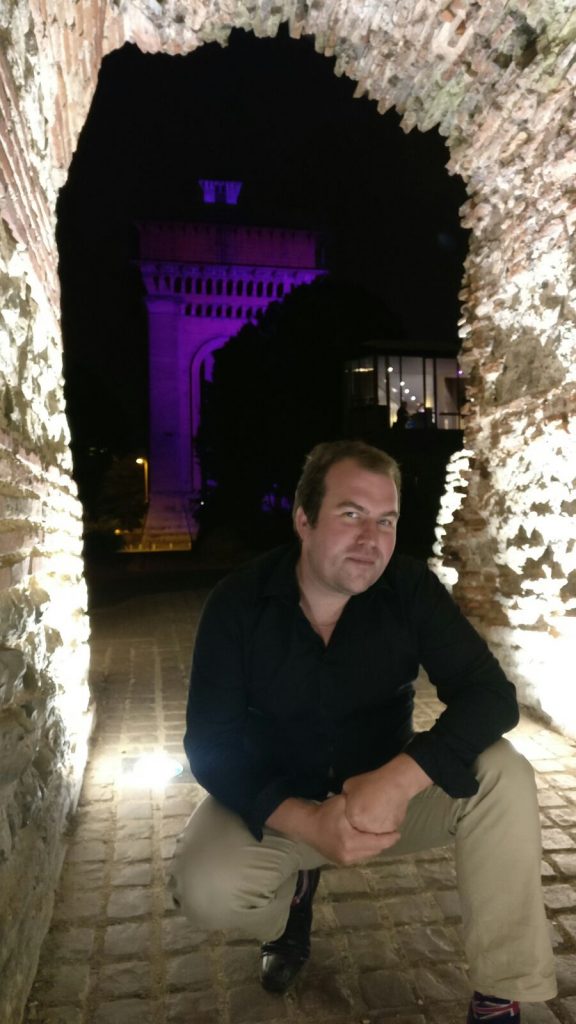(BBFC 12A)
There’s one really important thing you need to know about Passengers: It’s not the movie the trailers and marketing would have you believe. If you were expecting some kind of Titanic-style love story of two (unfeasibly) attractive spirits thrown together in the face of adversity then, boy-howdy, are you ever out of luck.
What the trailers and tv spots would have you believe is that Passengers is all about two travellers into deep space woken from their hyper-sleep 30-years into their 120-year scheduled journey to a new home world; love blossoms between the two who have the run of their pristine, super-swanky spaceship; catastrophe comes-a-calling and the two must save not only their own lives but those of their five thousand fellow (sleeping) passengers. It all looked like a rather sweet (if a little thin) romantic spectacular with plenty of special effects, explosions, excitement and two of Hollywood’s most likeable (and, let’s face it, bankable) stars, didn’t it? So why do I feel so underwhelmed and angry by the movie I actually watched?
What those trailers don’t tell you is that Jim (Chris Pratt) is awoken by a malfunction of his sleeping pod a year before the emergence of Aurora (Jennifer Lawrence), or that she isn’t the victim of another malfunction but of Jim’s sabotage. The first act finds Jim alone, wandering the pristine, mall-like decks and facilities of the Avalon (the ship, we are informed, was designed to wake its cargo four months from its destination hence the opulence), his only friend is bartender android Arthur (Michael Sheen) who listens to Jim’s woes and doles out only pre-programmed, clichéd advice. Jim soon sinks into depression as the knowledge that he will likely die alone long before another soul wakes begins to dawn on him. He begins to obsess over Aurora, laying there like his own personal Sleeping Beauty (hence her name, I guess), watching her pre-recorded video interview and reading her journal. So, he hatches a plan to revive her and tell her that both their pods must have malfunctioned at the same time.
The second act is the romantic bit as Jim woos the object of his affection and manipulates her to fall in love with him, all the while hiding his secret like a contestant on The Apprentice hides the truth about his CV. The truth eventually outs just in time for the all-action, explodey stuff of the final act as the two must come together to save the ship and its slumbering inhabitants.
There is very little that works in Passengers: Tonally the movie is all over the place, it just has no idea what it wants to be or where it is supposed to be going; as likeable as the two leads are individually, they have little to no chemistry between them; Jennifer Lawrence’s role in particular is hugely under written that one of the most talented actresses of her generation struggles to make Aurora believable (but, then again, she’s not a character, she’s a plot device or worse, a sex fantasy); it’s full of super-massive plot-holes that you could fly the Starship Enterprise through and still have enough room for a couple of Millennium Falcons.
But it’s the central conceit that troubles me the most. Jim is a liar, a cyber-stalker, a kidnapper but we’re supposed to forgive him because he’s lonely? He condemns Aurora to die alongside him because he’s horny? By his actions he rips away everything she ever hoped for and dreamt of and then manipulates her to fall in love with and sleep with him, but that’s okay because Chris Pratt(?). Imagine how you would feel if a film like the excellent Room asked you to side with the guy who kept Brie Larsen locked up as a sex slave?
Director Morten Tyldum (who it should never be forgotten managed to crowbar a heterosexual subplot into the story of Alan Turing in his last movie, The Imitation Game) and writer Jon Spaihts bungle the “promised” love story completely. What they have delivered is one of the most toxic pieces of misogyny outside of the dark side of the internet. If Denis Villeneuve’s Arrival was the shining ray of hope for the world in 2016, Passengers is the alt-right fantasy we should be railing against.
Passengers flubs the big questions it asks and worse, it doesn’t even acknowledge that it’s asking them.
